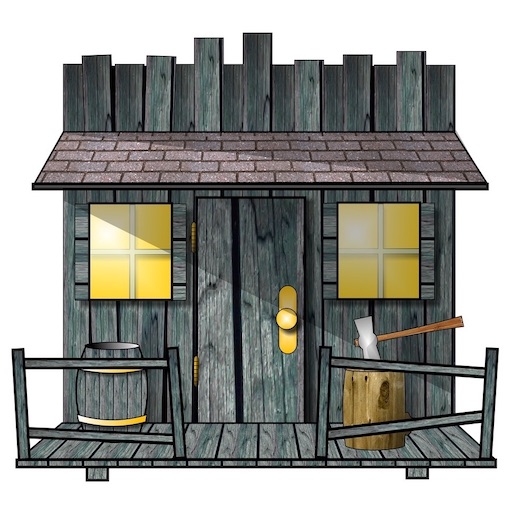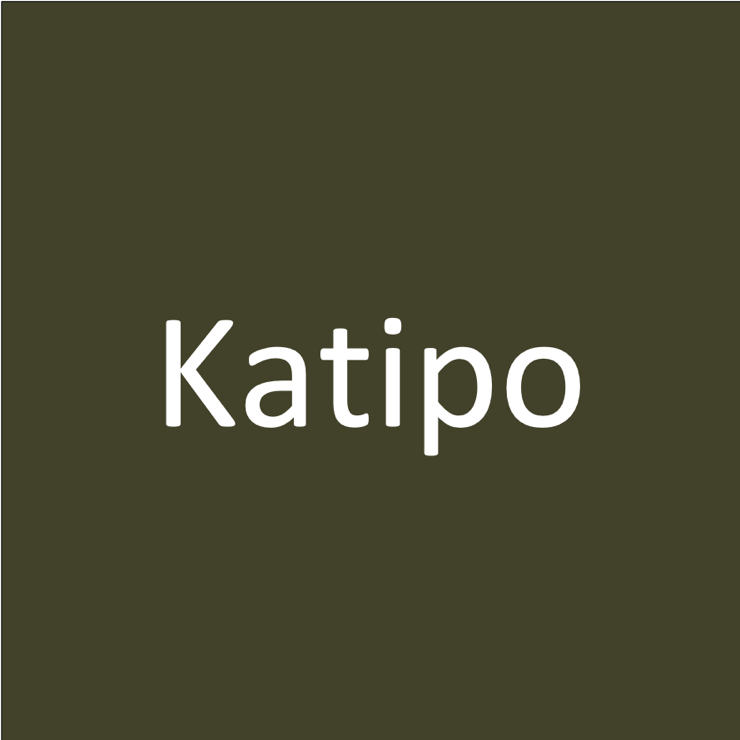Hit the Dirt (HTD) introduces Cliffs to Crossfire. And with my re-found interest in the Italian Campaign, I figured I needed some. Particularly as the HTD scenario “Cassino Massif” (p. 17-18) has a bunch. I think they’ll also be useful for Burma. So this is my new / updated cliff collection.
Italian Campaign
The Italian Campaign of World War II was the name of Allied operations in and around Italy, from 1943 to the end of the war in Europe.
Kiwis vs FJ in Italy – A Crossfire Scenario and Battle Report 1
Jamie popped over for a game, and when it is just Jamie and me we try out something more experimental. Jamie wanted to play Crossfire and I wanted to try out my Crossfire Terrain Cards and some draft armour rules. I also wanted to get my 2 Division New Zealanders on table – “Kiwis” in New Zealand slang – and get the German paratroopers (Fallschirmjäger) out again. This was also the first outing for my Kiwi Armour.
Summary: Great little game. Crossfire Terrain Cards worked well, and happy with the test drive of my armour mods.
Official Crossfire Supplements – I want to write a couple
I’ve been talking to Arty Conliffe about potential Official Supplements for Crossfire. Official because they have Arty’s blessing and input. I’m thinking about both a commercial scenario book and some freebie booklets. My megalomaniac aspirations for 2022 mean I want to write one of each. There are lots of possibilities and I thought I’m share my thinking.
Dung Farm – A Crossfire Battle Report
I’ve been gearing up to pay Dung Farm from Hit the Dirt for a couple of years now. I posted my Balagan version of the Dung Farm a few weeks back and, as you might recall, the table has lots of Ravines, thorn fields and thorn thickets. It took me a while to collect this additional kit. Plus the Kiwis in Italy. But finally it all came together – scenario, terrain, and figures. And Chris, Jamie, and Adam turned up to play. This is, of course, Crossfire for the Italian Campaign.
Summary: Really good game. Interesting challenges from ravines and thorns. The British need to use the terrain to their advantage. Chris and I, as the Germans, won.
Balagan Version of Dung Farm – A HTD Crossfire Scenario
“Dung Farm” is one of the scenarios from Hit the Dirt (HTD, p. 15-16). It is Italy, 4 February 1944, and the Germans are attacking into the Anzio beachhead at the northern end of ‘The Thumb’. The “Dung Farm” of the title is the British nickname for the Italian Pig Farm that featured in the battle.
The Dung Farm scenario is interesting for a few reasons. It introduces some unique terrain features, has masses of thorns and/or barbed wire, is fought in mud, and has visible troops on both sides. It also doesn’t quite work as a four player game. So I’m going to make a couple of tweaks to the scenario before the guys turn up to play it, including changing the map.
Making ravines and depressions for Crossfire
I’ve had a go at gullies and depressions before. But they look too much like hills. So I decided to have another go modelling just the edge of the depression. Then I took this concept further and modelled a modular ravine system. I featured both of these when I asked, How does my Burmese battlefield look? In this post I share a bit more about how I make these features.
Moroccan Tabor in Italy – Crossfire Orbat
In my mountain of unpainted lead are some goumier. Irregular Moroccan auxiliaries fighting for France in Italy during World War 2. Cool. I wondered what they would look like under Crossfire.
Lockdown Crossfire – Kiwis in Italy – Two Battle Reports
Bruce Stewart played through his Lockdown Crossfire – Kiwis in Italy – A Crossfire Scenario twice and shared some narrative and photos from each. Bruce games with 1/56 figures and 1/48 – 1/50 vehicles.
Lockdown Crossfire – Kiwis in Italy – A Crossfire Scenario
Bruce Stewart, like many of us, has been trying to figure out how to wargame during the Covid-19 lockdown. Bruce’s idea involves video conferencing, a situation from the Band of Brothers, and New Zealand accents. You might recall that last year Bruce sent through a couple of battle reports for Kiwis in the Italian Campaign using Crossfire. Well, there is more of the same here.
Kiwi Vehicle Names in WW2
I’ve posted on Kiwi Vehicle Camouflage during WW2 but didn’t spend any time researching specific vehicles. Some of the Kiwi vehicles during World War 2 were named e.g. “Discord” and “Katipo”. I thought I’d have a look at my books and see what came up. This is inspiration for my Kiwis in Italy – Steven’s Wargaming Project.
Kiwis in Italy – Two Crossfire Battle Reports from Bruce Stewart
Bruce Stewart has a collection of Kiwis for the Italian Campaign. He posted a couple of Crossfire after action reports on Facebook and gave me permission to repost them here. One of them is for my own 2 Companies a Side – A Generic Crossfire Scenario. The second is a scenario from the Italian 1944. Bruce games with 1/56 figures and 1/48 – 1/50 vehicles. Being from Facebook these are predominantly photographic reports.
Making boulder and rock fields for Crossfire
The Crossfire supplement Hit-the-Dirt introduces Boulder Fields and Rock Fields as Crossfire Terrain for scenarios in the Italian Campaign. My post Types of Terrain Features in Crossfire explains how they are used in the game. In this post I explain how I made mine. Simple but excessive is the summary. Simple because I start with actual rocks. Excessive because I base, paint, and flock.
Steven’s Fallschirmjäger Battalion for Crossfire
This post is long overdue. Roland painted the last of the Fallschirmjaeger in June 2011 and I got them based soon afterwards. Tragically I haven’t used them in a game of Crossfire. I guess I don’t often create Crossfire scenarios for German paratroopers. Perhaps when I have some Kiwis to fight them in the Italian Campaign; I should bump the New Zealanders up in the priority list. Anyway, here are my Fallschirmjaeger.
WW2 Painting Guide: Kiwi and British in the Mediterranean
This WW2 Painting Guide shows how to paint the 2 New Zealand Division, and other Commonwealth/British, who fought in the Mediterranean. It solely uses Vallejo Model Colour range of paints.
I have used four sources: Battle Front, SHQ, Artizan Designs, and Crac des Chevaliers.
Crossfire for Novices – A Battle Report
Back in June 2012 Andrew Fisher played my scenario for Crossfire novices and published an after action report on the Crossfire Forum. I’ve reproduced it here. All words are Andrew’s.













